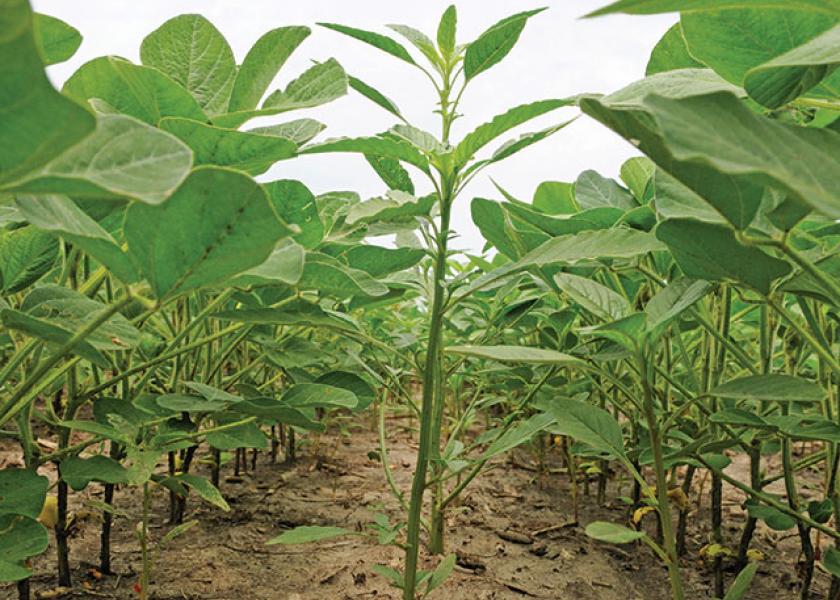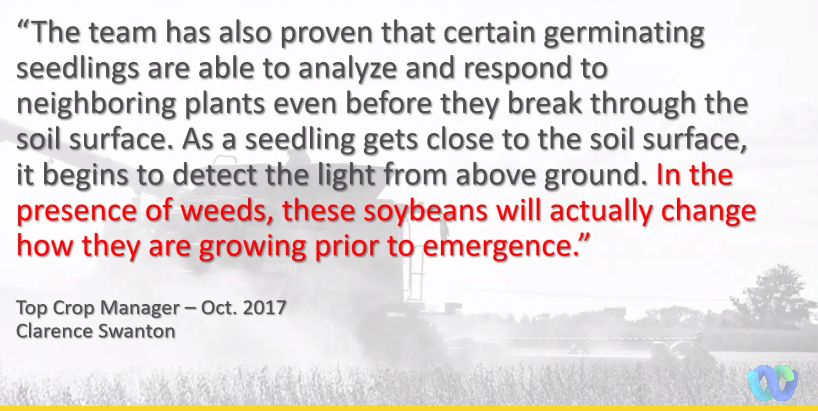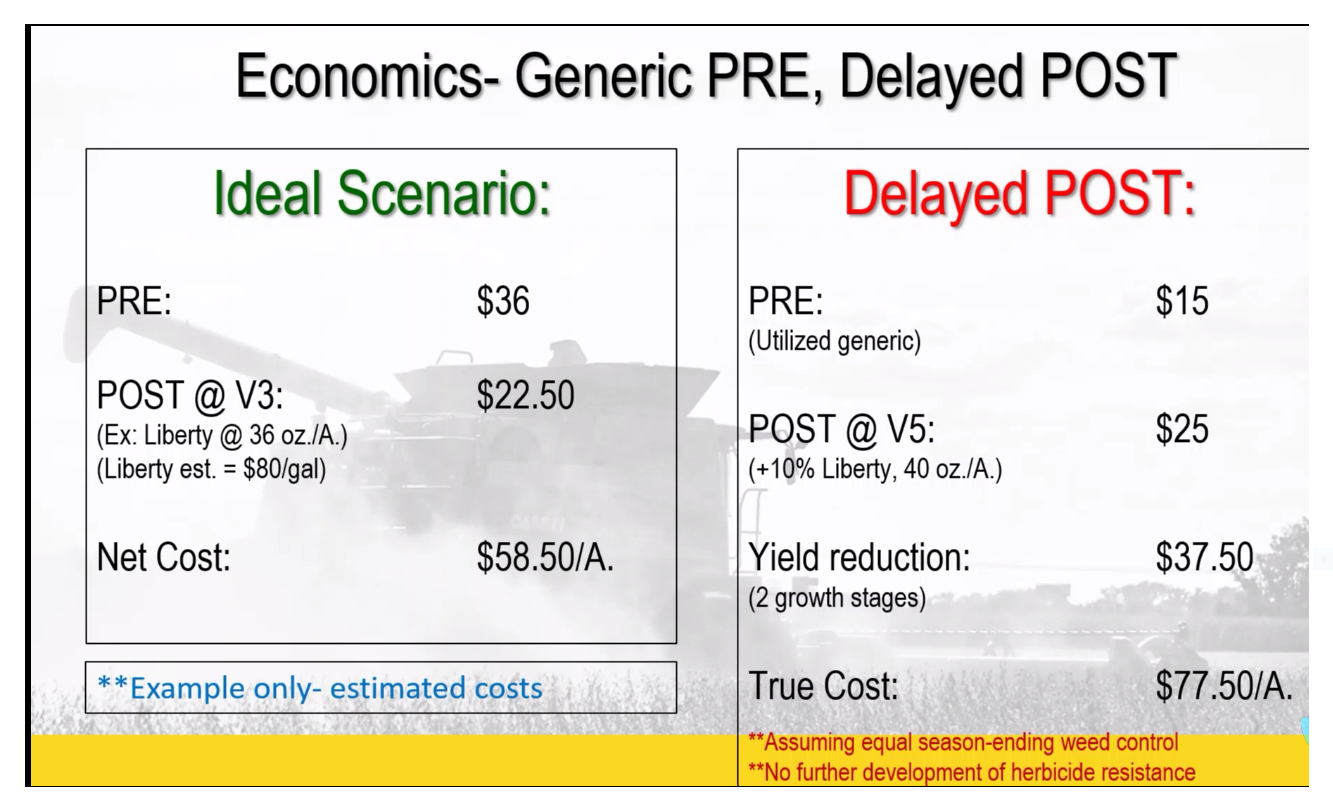3 Steps to Powerful Weed-Control Results

The “good old days” of using a one-and-done herbicide application to control weeds are history. Leastwise, they are if you want to protect crop yield potential and pocket more dollars this season.
Concerns over product availability and price make it even more critical that you pay attention to the details, says Luke Schulte, field agronomist for Beck’s Hybrids.
He outlined a variety of weed-control strategies during a recent webinar. Here are three takeaways.
1. Prevent weed emergence.
This is the year to get in the field and apply burndowns and preemerge products, if at all possible.
“To maximize yield, the most critical period for weed control is in the earliest days, before competition can occur,” Schulte says, citing research by Clarence J. Swanton, professor emeritus in the Department of Plant Agriculture at the University of Guelph.
In fact, Swanton’s research shows that “The presence of weeds causes stress that results in rapid and irreversible yield loss. Even if you remove the weeds, the final yield will never come back to 100% even though the plant has the whole growing season ahead of it,” he says in Crops & Soils Magazine, March/April 2020.
In addition, Schulte says a preemerge application is vital to the performance of post-emergence herbicides.
In fact, waiting to control weeds with a post-emerge herbicide application can cost 2% of corn yield and 2.5% of soybean yield for every growth stage of delayed weed control.

2. Use herbicides in a systems approach to prevent or control weeds.
Use multiple, “effective” sites of action (SOAs), advises Joe Bolte, Beck’s Hybrids Practical Farm Research technician and herbicide specialist.
Bolte says select SOAs or actives to target your problematic weeds versus selecting a random preemerge with one, two, or three SOAs. That’s more important now than ever, since weeds such as waterhemp have developed resistance to various herbicide groups.
“For instance, Group 2 herbicides are very effective on large-seeded broadleaf weeds, but many waterhemp populations are resistant to Group 2 herbicides,” he explains. “If we select a 2 + 14 preemerge herbicide and the waterhemp population is resistant to Group 2 herbicides, how many effective SOAs do you have?
“In 2020, one effective SOA resulted in 85%, two effective SOAs resulted in 90%, and three effective SOAs resulted in 95% waterhemp control 28 days after treatment (DAT) of post-emerge application (GR population),” Bolt adds.
“Ultimately, this resulted in fewer escapes and less selection pressure on the post-emerge application. Developing a residual program with multiple effective SOAs for your problematic weed will help lay a powerful preemerge foundation for a successful post-emerge application.
3. Focus on practices and products that are effective, not necessarily convenient.
“The details with weed control do really matter,” Schulte says. “You may not get a second chance.”
The type of AMS used is an important consideration with some herbicides, such as glufosinate. Liquid AMS is easiest and more convenient to use, but it’s not as effective as when you use dry AMS.
With regard to water, make sure to review the product label and use what it recommends so you achieve optimum application results, Schulte adds.
Agriculture Invention Harnesses LED Light Inside Combine to Kill Weed Seed
How a Secret Seed Society at Michigan State Continues to Uncover Weed Seed Answers 142 Years Old
First Dicamba-Resistant Waterhemp Confirmed in Illinois Farmer's Field









